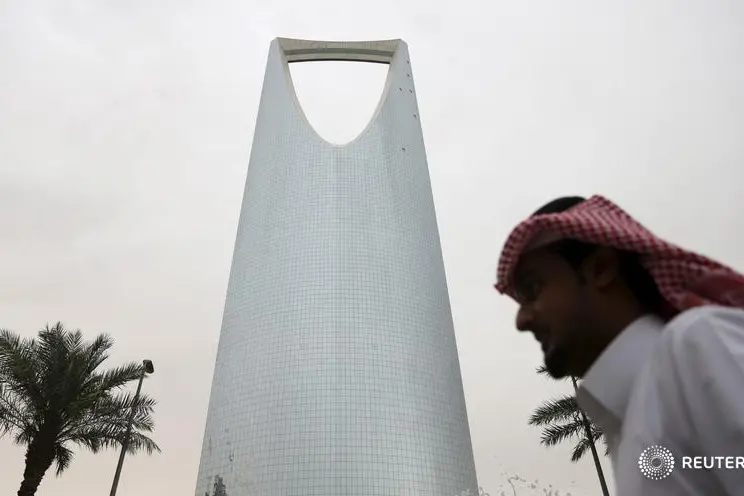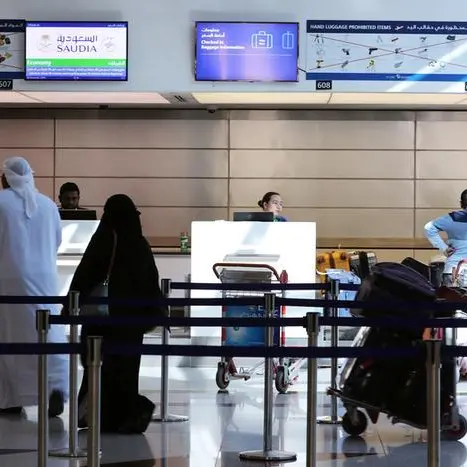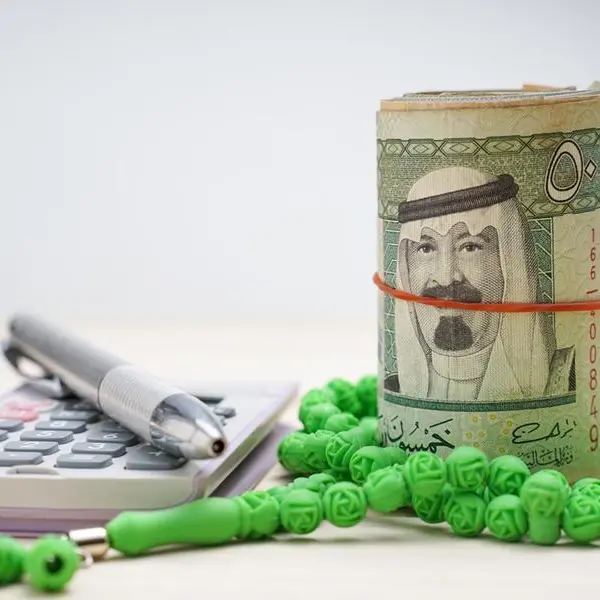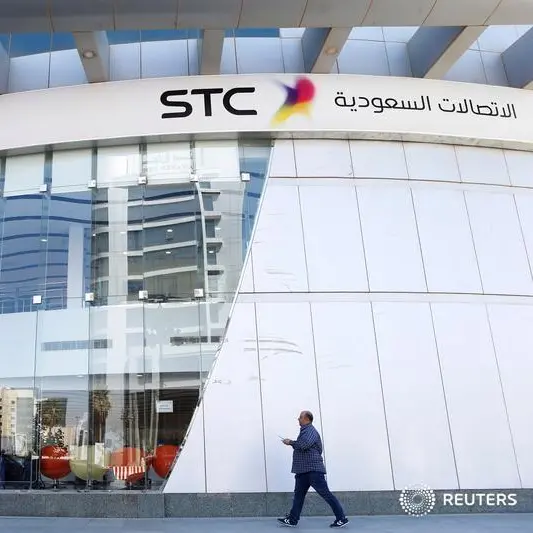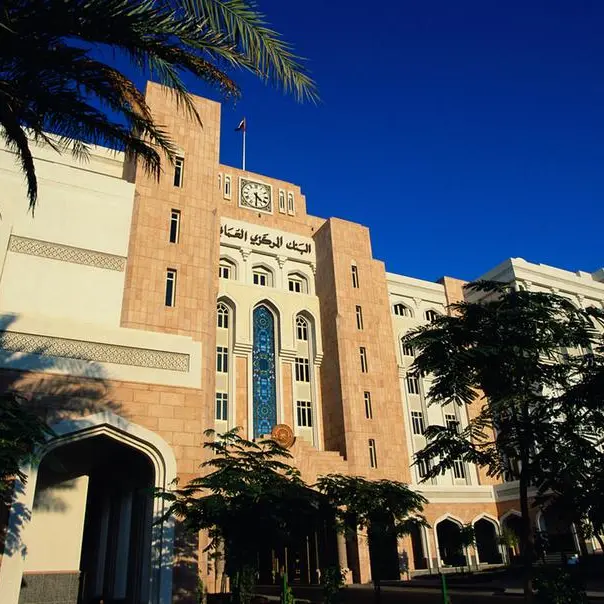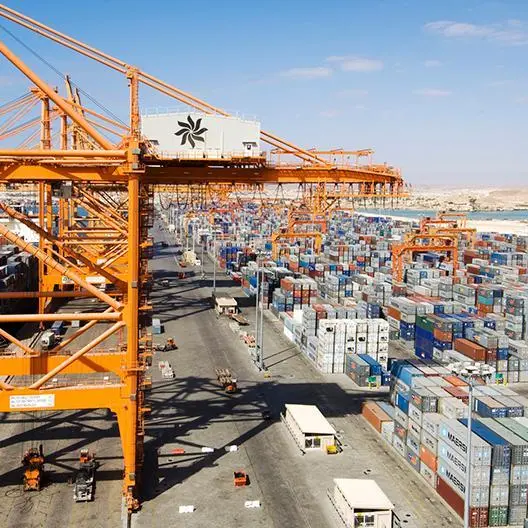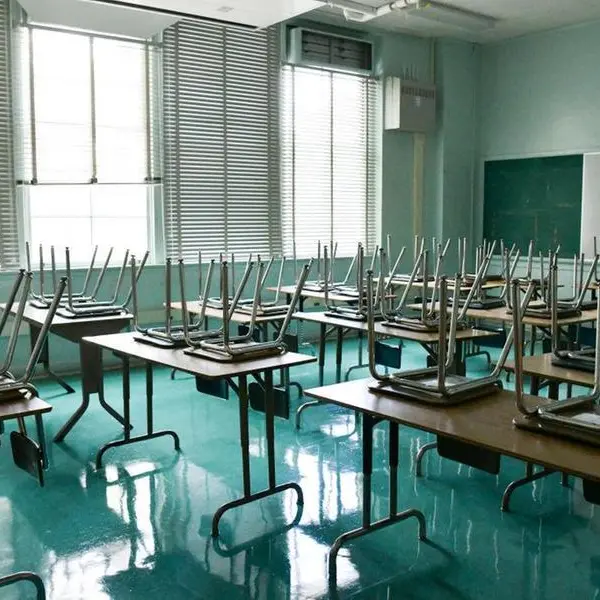PHOTO
Sunday, May 28, 2017
Dubai: Strengthening of oil prices and fiscal reforms introduced the government have brought about tangible improvement in the fiscal situation in Saudi Arabia according to economists.
The fiscal deficit narrowed substantially by 71.2 per cent year on year in the first quarter of 2017 to 26.2 billion Saudi Riyal. Oil revenue increased by 115.5 per cent year on year in the first quarter to 112 billion Saudi Riyal, as higher oil prices compensated for lower production, according to quarterly figures announced by the government.
Non-oil revenue was up by a moderate 1.3 per cent year on year, largely driven by customs duty and other taxes. The rise in non-oil revenue was limited by a 7.7 per cent year on year fall in other revenues, including dividends from Saudi Arabian Monetary Agency (SAMA) and the Public Investment Fund (PIF). Official comments suggest that these dividends are seasonal and likely to be stronger later in the year.
Analysts say weak government spending could hurt non-oil growth and some relaxation of fiscal consolidation could reverse some of the recent fiscal gains in the medium term.
“Government spending remains weak, contracting 2.5 per cent year on year. The weak government expenditure continues to be reflected in the economic data, including household spending,” said Monic Malik, Chief Economist of ADCB.
The fall in government spending was largely due to a 6.4 per cent contraction in current expenditure, including a 5.2 per cent fall in compensation to government employees. The spending focus was on education, health and social development, and the military.
In the past two years, the Saudi authorities have responded to the sharp deterioration in fiscal accounts and sustained low oil prices by launching fiscal reforms, with a focus on reducing government investment and fuel and electricity subsidies. Government spending, which was the main driver of growth in 2003-2014, was cut by a cumulative 20 per cent in the past two years. Such spending cuts were aimed at mitigating the impact of the sharp fall in oil revenue and avoiding further increase in the fiscal deficit, which reached $107 billion, or 16.8 per cent of GDP in 2016.
The Saudi government has recently reversed some of the fiscal consolidation measures by restoring allowances and bonuses for public sector employees, which account for about two-thirds of national employment and has traditionally been the remain source of additional national employment. Although this measure is expected to improve consumption spending, it is expected to have an adverse impact on deficits. In addition payments linked to the Household Allowance Programme, expected to start in July is likely to raise government expenditure.
“We expect the fiscal position to remain challenging with the weak oil price outlook and a slower pace of fiscal reform in 2017 versus 2016. The first quarter deficit was funded by the government current account. However, the fall in the government’s current account with SAMA of 50.6 billion Saudi Riyal in the first quarter 2017 and the drop in FX reserves of $27.2 billion suggest ex-budget expenditure,” said Malik.
Economists say the recent relaxation in some of the fiscal measures are driven by both economic and political objectives. While the main aim of this policy is to improve consumer and business confidence and avoid contraction in non-oil real GDP, clearly the government is sensitive to public opinion.
“A shift to gradual fiscal adjustment will still ensure fiscal sustainability. The sizeable fiscal consolidation efforts of the past two years with more emphasis on non-oil revenue in 2017 and beyond should put the fiscal stance on a more sustainable footing in the medium term if oil prices recover gradually to about $60 per barrel by 2020,” said Garbis Iradian, Chief Economist Middle East & North Africa, Institute of International Finance.
By Babu Das Augustine Banking Editor
Gulf News 2017. All rights reserved.
